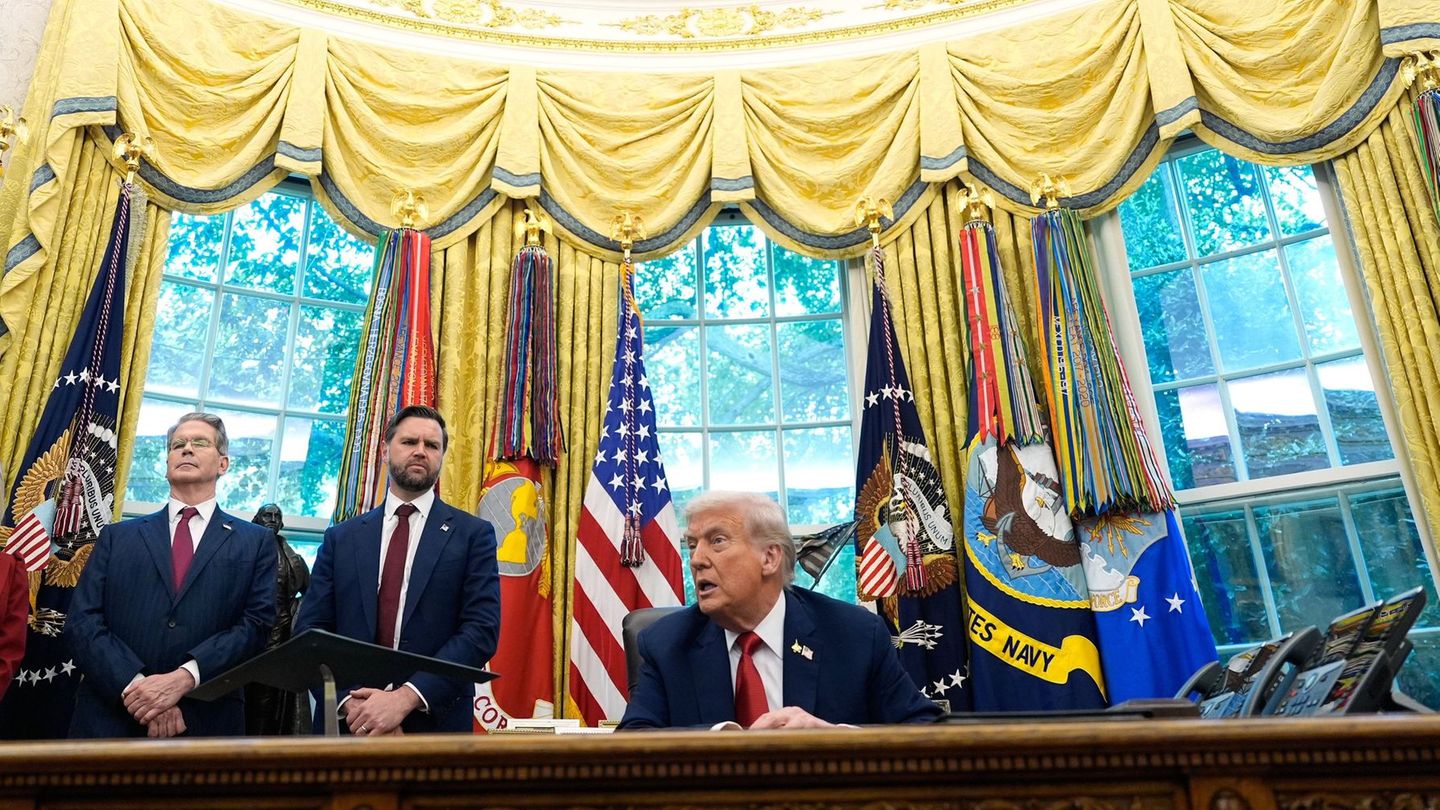At the end of the 50s, Polio was one of the biggest threats to public health in North America, mainly affecting children and causing permanent paralysis in many of them. The introduction of the Jonas Salk’s vaccine in 1955 brought relief to thousands of families in Canada and other countries. Anyway, The demand was much greater than the quantity of vaccines that they had at the moment. It is believed that this was one of the main reasons for this unusual theft.
The news of the robbery generated outrage in the populationespecially among families who were waiting for the vaccine for their children. The media covered the incident extensively, and the case became one of the most shocking public health stories of the time.
The theft of polio vaccines in Montreal exposed flaws in the safety and control of essential medicineswhich led to the distribution system being reinforced. Health authorities implemented new security protocols in the handling and transportation of medical supplies to prevent a similar event from happening again.
vaccines.jpg
What was the theft of polio vaccines in 1959?
The theft occurred when a batch of vaccines arrived in Montreal and was ready for distribution to local clinics and hospitals. More than 75,000 doses of the vaccine were reportedly stolen in an audacious heist, although the specific details of the raid are only partly known.
Part of what is known is that on August 31, Paul Robinson and two accomplices entered the university armed with weapons. The night guard was locked in a cage with 500 laboratory monkeys. The thieves then broke the lock on the huge refrigerator, looted all the vaccine boxes, and stole the guard’s car as a getaway vehicle.
The three thieves took a huge batch of 75 thousand vaccinesthis at the time was equivalent to half a million euros. Part of Robinson being discovered was because the vaccines needed to be sold quickly because of the temperature they needed to be maintained.
The thieves They were only able to sell 299 vials for a sum of $500. to the pharmacist in Pont-Viau, and realizing that they could not sell all of them, the rest were going to lose the cold chain and go straight to the trash, they decided to call the police pretending to be ordinary citizens and that they had found clues to the theft.
What happened to the criminals and the doses
Putting Robinson on trial proved to be a much bigger challenge than expected, and the case ended up coming to nothing. Although one of his collaborators had initially pointed out Jean Paul Robinson as the mastermind behind the robbery, at the time of the trial, two years later, this witness changed his statement.
During the interrogations, Robinson appeared impassive, and in court he presented himself as an exemplary citizen who had only tried to recover the stolen vaccines from the real author of the plan: a mysterious man known as Bob.
According to Robinson, Bob had organized the entire operation before disappearing and evading justice. Ultimately, the judge determined that, although Robinson’s account was strange and somewhat implausible, the prosecution had not proven his guilt beyond a reasonable doubt, and Robinson was acquitted.
Source: Ambito
I am Pierce Boyd, a driven and ambitious professional working in the news industry. I have been writing for 24 Hours Worlds for over five years, specializing in sports section coverage. During my tenure at the publication, I have built an impressive portfolio of articles that has earned me a reputation as an experienced journalist and content creator.




